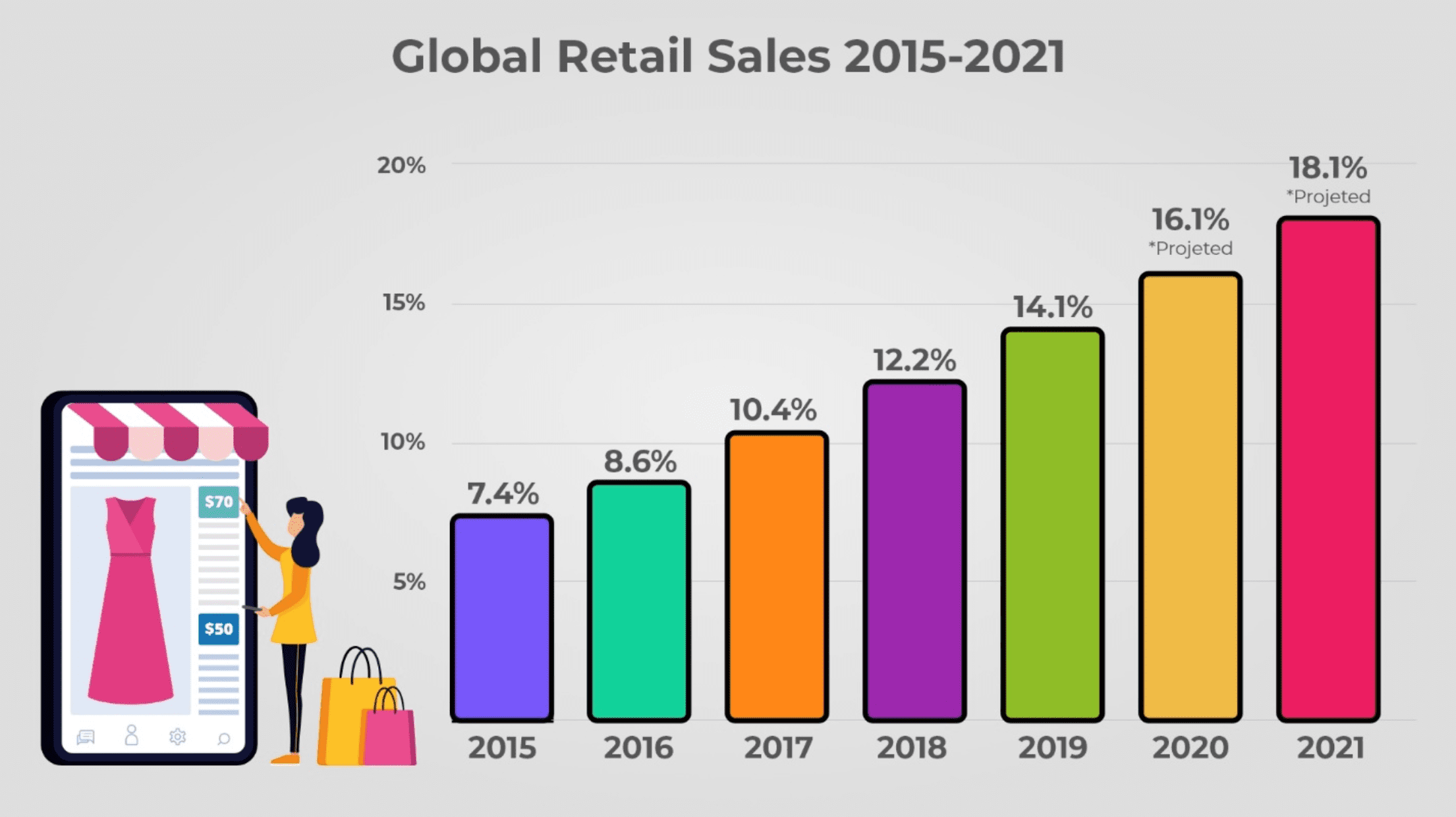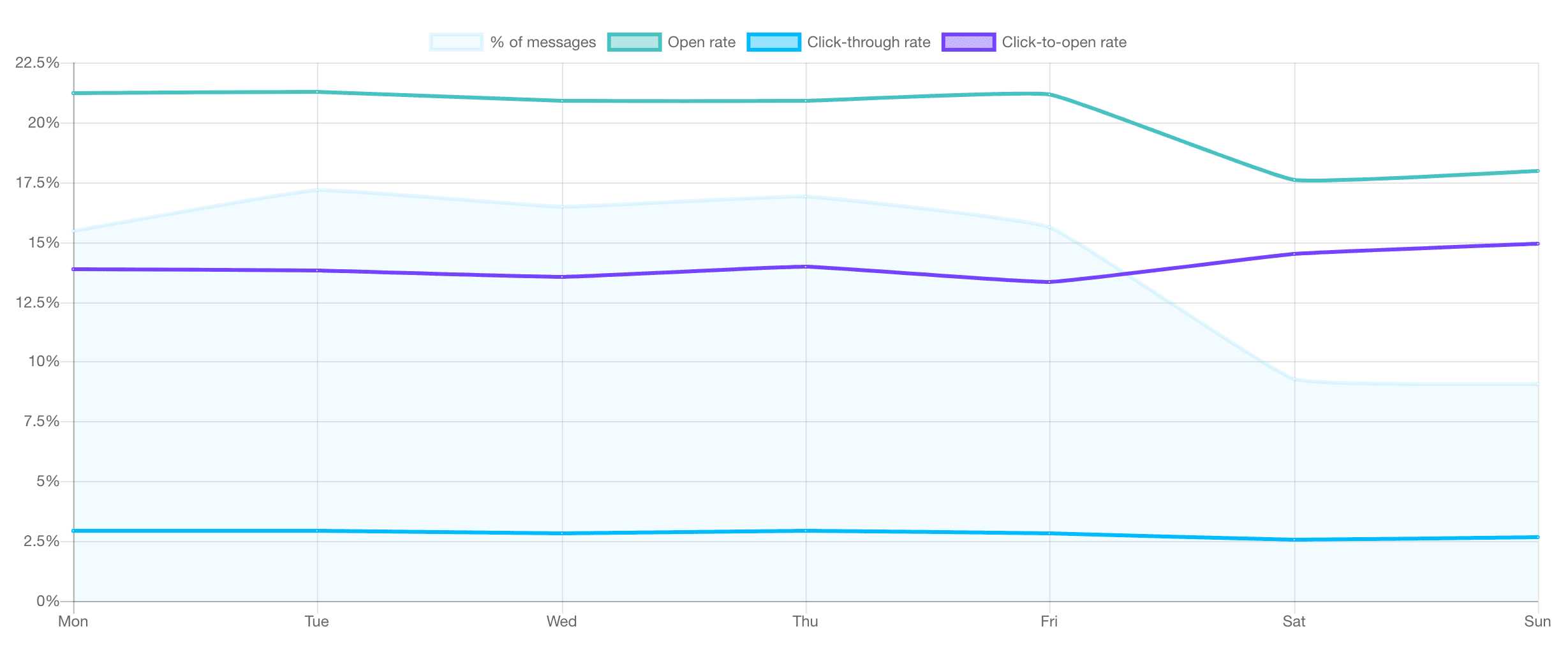Nothing is more exciting than hearing an ecommerce client say, “That sounds great! How do we proceed?”
So, how DO you go about a new ecommerce project as a web developer?
For starters, you need to create a proposal that summarizes the extent of the project and the estimated cost. You now have two options:
- Send them a quick email with a gist of the project and a very rough estimate of the cost.
- Send them a well-planned, detailed proposal that contains the scope of the project and all the costs that may be involved.
Obviously, the second option is way better. A detailed proposal allows you to set boundaries and timelines for the project while giving your client a clear picture of what to expect from you.
In this post, we will go through the steps you need to take when writing a winning ecommerce proposal.
Let’s dive in!
Contents
Understand Your Client’s Problems
Always remember: the proposal is about your client’s problems, not you. However, you do need to showcase your skills and what you can do for them.
The trick is to find the right balance between the two. Tell your clients that you care about their issues more than anything else. Also, show them why you are the only web developer who can do the work for them.
Go deep a few levels when you talk to your clients to understand what their actual problems are. Maybe your client tells you that they need Shopify to increase their revenue, but their pain point might be that they are not able to figure out what they are missing.
Your job is to get beneath the surface and figure out the root of their problems.
Gauge how much your client can understand the project and design your proposal accordingly. If your client knows the technical aspects of the project and has discussed them with you, you can keep your proposal crisp.
On the other hand, if your client does not have a clear idea of what his problems are and what you can do to fix them, create a more detailed proposal to build trust and understanding with them.
Define Your Value Proposition
Ecommerce was responsible for 14.1% of total global retail sales in 2019, and that percentage is set to increase to 16.1 percent in 2020.

With the vast number of ecommerce sites in the world today, it is crucial that you make your clients’ websites stand out from the crowd.
What can you do for your client that no other web developer can? That is your value proposition.
Aligning your unique value proposition with your client’s pain points is the essence of a successful proposal.
Close to 40% of businesses quote prices based on the value provided by their product or service. Once you have clearly defined what value you are bringing to your clients, you can easily set prices for your services.
Making your value proposition clear also enables you to paint an accurate picture of what you are going to deliver to your client.
What is a Website Proposal?
Before we get into the steps to write an ecommerce proposal, let’s first see what a website proposal is.
A website proposal is a document that contains all the information for the ecommerce project. This may include the goals of the project, along with the budget, timeline, and scope of the project.
Your ecommerce proposal should tell your client all about the project and its expected outcomes. Your client should also be able to understand all the tasks you will perform within the scope of the project and how much it is going to cost them.
This proposal is the contract signed between you and the client and is thus a very crucial document. If you feel like you may not be able to write a well-designed proposal, you can always hire an SEO copywriting agency on retainer who can draft proposals with the right language.
You can either include this content in the proposal or post it on your website and link to it to strengthen your website proposal.
6 Steps for Writing an Ecommerce Website Proposal
An ecommerce website proposal is a powerful tool that not only makes your business look professional but is more persuasive than an ordinary email or pricing document.
To create a more efficient proposal, you can use various tools like these:
- Create customized forms and take the time to personalize them for each client. Include detailed questions you want to ask about the project and automate the form submissions to the proper channels. You can also send out a form before the proposal is made as a means to gather information about the client and the project.
- You can include a calendar link to have your prospect schedule another meeting to review any questions they have. An email automation tool can help you to schedule auto follow-ups.
Follow the steps below to ensure that your ecommerce site proposals impress your clients while informing them about all the details of the project.
Cover letter
A cover letter is an introductory letter to your client that is usually sent along with the ecommerce website proposal.
Keep your cover letter brief. You can mention a few high-level details about the project and an overall cost estimate. Tell your client how you would make their ecommerce site functional and optimize it for more conversions. The rest of the details can be explained in the project outline.
Project outline
The project outline includes a deeper description of all the tasks involved in the creation of the ecommerce site. You can talk about the planning of the project—how you intend to design the user interface of the site and the scope of the project.
You can also explain all the elements you plan to incorporate in the ecommerce website to make it a smooth experience for the client’s customers.
After reading the project outline, your client should have a clear picture of what to expect at the completion of the ecommerce project.
Goals of the project
In this section, you can write down all the goals you intend to achieve. This should include all the measurable outcomes of the project as well as any particular milestones that can show the client how far the project has progressed at a certain point in time.
In your proposal, build and showcase an example page for their ecommerce store and give them login access so they can explore the dev environment. This will build trust and also help your client track the progress of the website without having to communicate with you frequently.
Budget and expected costs
The budget section is one of the most crucial aspects of your proposal as it tells the client what expenses they can expect.
Apart from your price for the project, there will be many other costs (e.g., ecommerce themes, web hosting, brand logos, etc.) that the client will have to bear. Provide them with a clear breakdown of all these costs so they’re aware of them right from the start.
Make sure you outline budget potentials for building custom integrations for diverse content like podcasts, videos, blogs, and more.
Information about you
Another helpful thing you can add in your proposal is information about your company and all those who will be working on the project, if applicable.
You can show off your design skills a bit in the proposal template and also leave a link to your website.
Add some client testimonials and examples of previous ecommerce websites you have developed, if applicable, so the client can gauge your capabilities.
Contract signing and payment
You can give clients the option to sign the proposal electronically in case they accept the terms. Once the contract is signed, direct them to multiple online payment options so that they can clear the payment agreed upon before you start the work.
Tips For Closing The Deal With Your Client
So you’ve created a proposal you are happy with and are waiting to send it to your prospective client. Before you do that, here are some helpful tips that could increase your chances of securing the deal for the project:
Make your proposal client-centric.
Keep your client at the heart of the project at all times. When you focus on the problems of your client, you will be able to understand them better and deliver better results.
Start by assessing their current website, mission statement, or any documents about their company goals and purpose.
This can often be found right on the homepage or About Us page of an existing site they want you to overhaul.
Leverage your expertise.
In your proposal, include client testimonials and examples of websites that you have developed in the past, if possible.
Clients would like to see examples of your work, especially if you have developed ecommerce websites in their niche.
For example, walk them through pages you have created for clients and highlight key examples of success. This shows clients that you have the skills to deliver the right solution for their needs.
Send your proposals at the right time of the day.
There’s not much of a difference as to what day of the week you should send emails or proposals to your clients.
However, sending them around 10am according to their time zone would be ideal as people generally open their emails first thing in the morning at work.

Summary
An ecommerce business proposal is one of the most crucial aspects of your web development business.
Before you start creating your proposal, you need first to understand the pain points of your client. State your value proposition and how it coincides with the client’s problems.
Add a cover letter at the beginning of your proposal with a brief description of the project. You can then give a clear outline of all the deliverables of the project, as well as the budget and timeline.
Make sure to include all possible costs in the budget so that your client knows what to expect at the start. Include provisions for the client to electronically sign the proposal and make online payments to your company in case he accepts the proposal.
Creating a well-designed proposal takes a lot of forethought, but once that is done, you can be sure of securing a great deal with your prospective clients.








There are a couple of times when sending a quick email of rough estimates for a project landed us a new client. Sometimes, there are clients who choose the first one to give them a quote.
But I do agree that sending a well-planned, and detailed proposal can win you a contract with lots of competition. Either way, you shouldn’t overlook showing them your value proposition.
Very good to see the article. Thanks for tips and tricks.